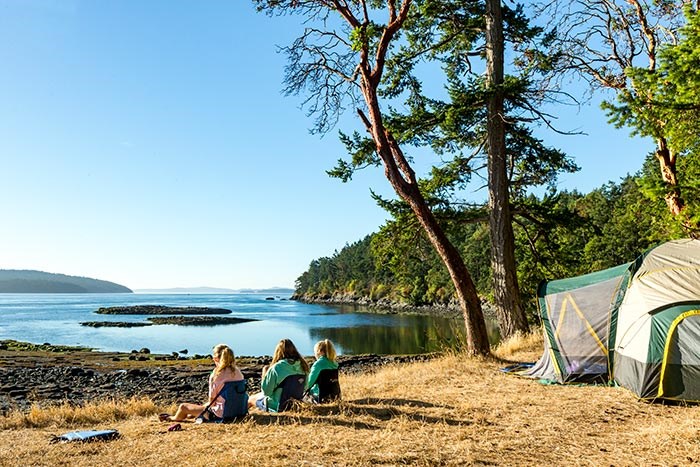Each week we’ll uncover some unusual and (hopefully) interesting facts about the city. This week we take on the Gulf Islands.
1. D’Arcy Island housed a “secret” leprosy institution
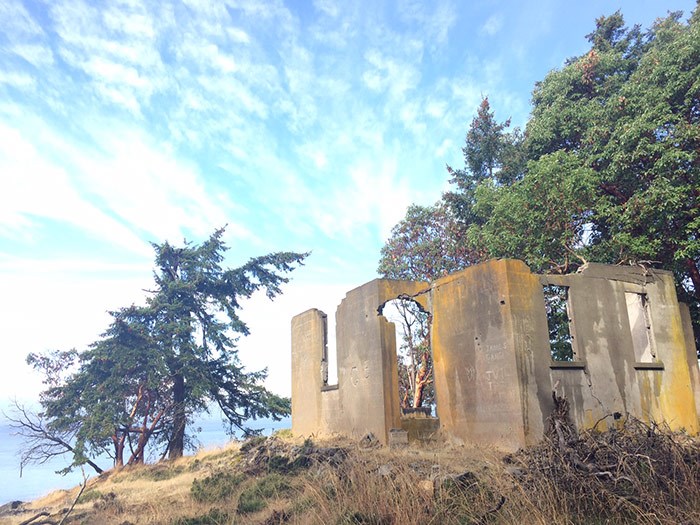 In 1891, five cases of leprosy were discovered in Victoria. Hoping to contain the disease and prevent panic, the municipal government established a secret settlement on D’arcy Island to quarantine and care for the patients. It was not secret for long, as the story was soon leaked to local newspapers. The settlement operated from 1891-1924 and housed 24 patients in total. The ruins of the caretaker’s house can still be seen today.
In 1891, five cases of leprosy were discovered in Victoria. Hoping to contain the disease and prevent panic, the municipal government established a secret settlement on D’arcy Island to quarantine and care for the patients. It was not secret for long, as the story was soon leaked to local newspapers. The settlement operated from 1891-1924 and housed 24 patients in total. The ruins of the caretaker’s house can still be seen today.
2. The Gulf Islands had their own industrial revolution
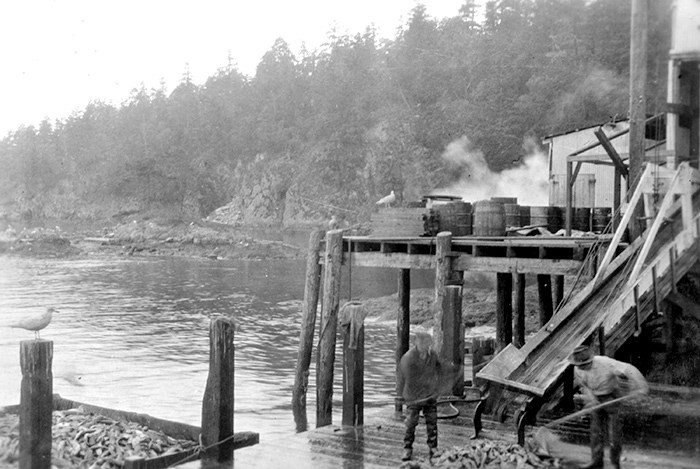 The Gulf Islands are typically linked with agriculture, but for several decades of the 20th century two factories operated on these shores. In 1908, the Sidney Island Brick and Mortar Company built a clay mine and brick factory near modern-day Sidney Spit, and in 1927 the Pender Island Fish Products Company built a fish reduction plant in Shingle Bay. Ruins of both factories can still be found while wandering the islands! Insider tip: there are also campgrounds at both Shingle Bay and Sidney Spit.
The Gulf Islands are typically linked with agriculture, but for several decades of the 20th century two factories operated on these shores. In 1908, the Sidney Island Brick and Mortar Company built a clay mine and brick factory near modern-day Sidney Spit, and in 1927 the Pender Island Fish Products Company built a fish reduction plant in Shingle Bay. Ruins of both factories can still be found while wandering the islands! Insider tip: there are also campgrounds at both Shingle Bay and Sidney Spit.
3. The Gulf Islands were a haven for retired Hawaiian HBC workers
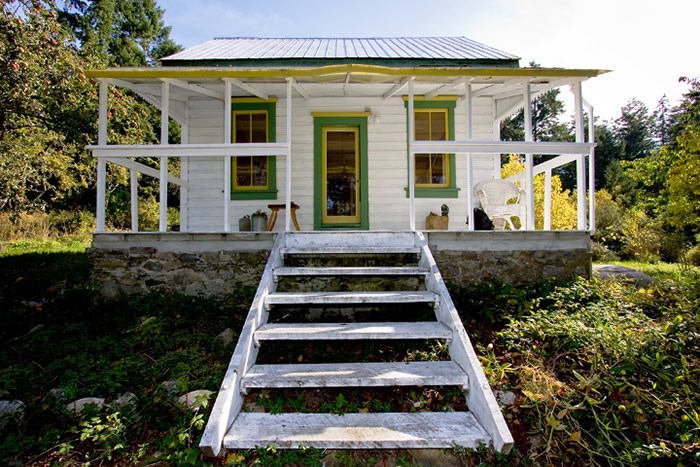 By the 1830s, the Hudson Bay Company was suffering a severe labour shortage, and hundreds of Hawaiian men were hired for their strong sailing skills. When their contracts ended, the Gulf Islands became a hotspot for Hawaiian expatriate settlement. Maria Mahoi, a pioneering woman of Hawaiian (Kanaka) and First Nations descent, and her husband George Fisher built their family home on Russell Island between 1902 and 1907, her family lived on the island from 1902 to 1960 and to this day her house remains standing. Drop by for a visit; her descendants provide interpretive programs during the summer.
By the 1830s, the Hudson Bay Company was suffering a severe labour shortage, and hundreds of Hawaiian men were hired for their strong sailing skills. When their contracts ended, the Gulf Islands became a hotspot for Hawaiian expatriate settlement. Maria Mahoi, a pioneering woman of Hawaiian (Kanaka) and First Nations descent, and her husband George Fisher built their family home on Russell Island between 1902 and 1907, her family lived on the island from 1902 to 1960 and to this day her house remains standing. Drop by for a visit; her descendants provide interpretive programs during the summer.
4. Clam Gardens represent the melding of the Gulf Islands’ past, present, and future
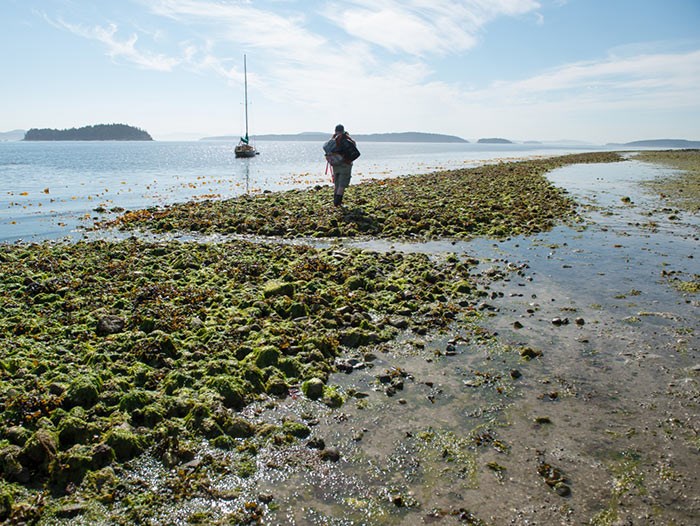 For thousands of years, clam gardens were an important shellfish management tool for First Nations along Canada’s West Coast. Coast Salish clam gardens often consist of a boulder wall built near the lowest tide mark, and a terrace on the landward side.
For thousands of years, clam gardens were an important shellfish management tool for First Nations along Canada’s West Coast. Coast Salish clam gardens often consist of a boulder wall built near the lowest tide mark, and a terrace on the landward side.
There are many clam gardens in and around Gulf Islands National Park Reserve, but the two that Parks Canada, and the W?SÁNEÆ and Hul’q'umi'num nations are reviving are located on Russell Island, and in Fulford Harbour on Salt Spring Island. The Russell Island clam garden is at least one thousand years old. The Fulford Harbour clam garden is at least 1,700 years old. Clam gardens can only be seen a few times a year, on the very lowest tides, and many of them are located in hard-to-reach areas, making them difficult to see.
5. Saturna Island is a world class hotspot for seeing killer whales
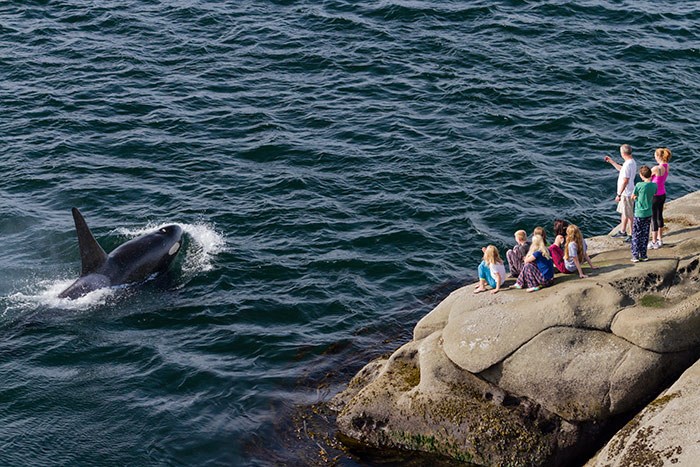 Photo: Miles Ritter.
Photo: Miles Ritter.
At the furthest reaches of the Gulf Islands is East Point, Saturna Island. This is one of the best places to see marine mammals from land. If you are lucky, from this tip of the island you can watch the Southern Resident Killer Whales pass by during the summer months. To hear hydrophone records of Southern Resident Killer Whales, go HERE.
Gulf Islands National Park Reserve is home to 13 campsites and some of the most stunning natural terrain in Canada. Learn more about the Gulf Islands and other Parks Canada sites HERE.
